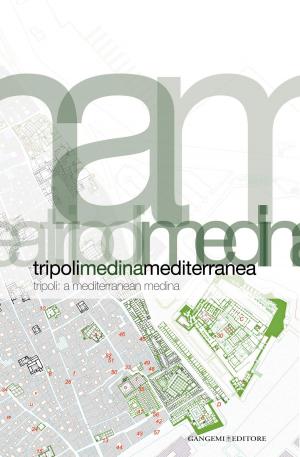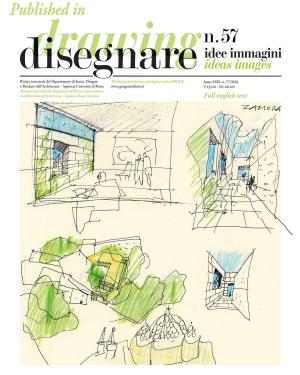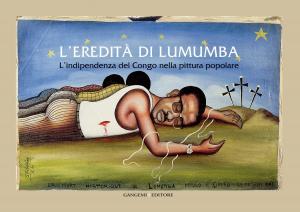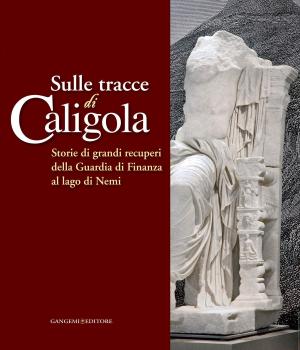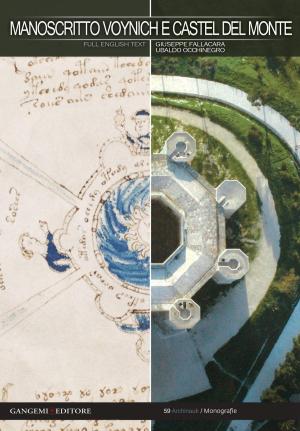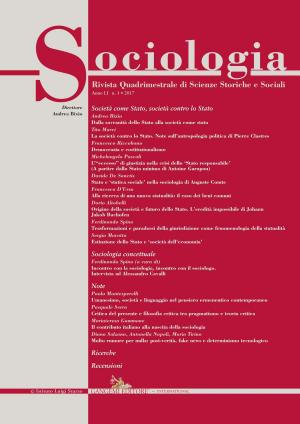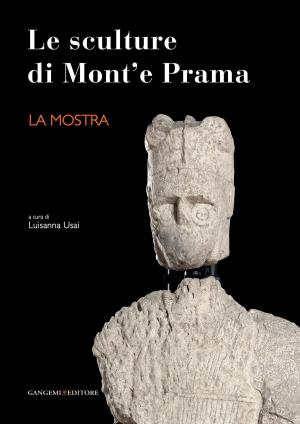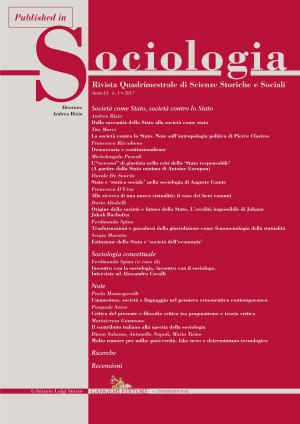“The king at the gate”. Monumental fortifications and the rise of local elites at Arslantepe at the end of the 2nd Millennium
Published in Origini n. XXXIX/2016. Rivista annuale del Dipartimento di Scienze dell’Antichità – “Sapienza” Università di Roma | Preistoria e protostoria delle civiltà antiche – Prehistory and protohistory of ancient civilizations
Nonfiction, Social & Cultural Studies, Social Science, Archaeology, Anthropology| Author: | Federico Manuelli, Lucia Mori | ISBN: | 9788849248418 |
| Publisher: | Gangemi Editore | Publication: | September 29, 2017 |
| Imprint: | Gangemi Editore | Language: | English |
| Author: | Federico Manuelli, Lucia Mori |
| ISBN: | 9788849248418 |
| Publisher: | Gangemi Editore |
| Publication: | September 29, 2017 |
| Imprint: | Gangemi Editore |
| Language: | English |
This paper aims at presenting the results of recent investigations on the Early Iron Age at Arslantepe/Malatya (SE Turkey), which yielded important new data on the rise and collapse of a local power that used figurative representation at the town’s gate to express its authority. The 12th century BCE was one of the most relevant periods of transformation in the Syro-Anatolian region, which saw the decline of the Hittite Empire and the emergence of independent polities that re-elaborated the imperial tradition in original ways. The breakdown of the empire was not a generalized event, rather a process developing in an uneven temporal and geographic range. The Arslantepe case shows that the collapse was delayed, as it was contained by the rising of a local elite, which adopted strategies of territorial control and manifestation of power through the use of monumental buildings and sculptured reliefs. The archaeological evidence from Arslantepe will be presented and correlated with the Late Bronze Age epigraphic sources from Emar and the land of Aštata. These texts describe rituals illustrating the importance of city-gates as performance spaces in festivals involving the entire community and document the increasing financial support of the local kings. The festivals might have been also an instrument to establish or legitimate a stronger role of a previous “limited kingship” within the community after the Hittite conquest. The association of visual representations and rituals performed at the city-gates offer some reflections about the development of the Syro-Anatolian societies, as well as the role of the ruling class during the late-2nd millennium BCE.
This paper aims at presenting the results of recent investigations on the Early Iron Age at Arslantepe/Malatya (SE Turkey), which yielded important new data on the rise and collapse of a local power that used figurative representation at the town’s gate to express its authority. The 12th century BCE was one of the most relevant periods of transformation in the Syro-Anatolian region, which saw the decline of the Hittite Empire and the emergence of independent polities that re-elaborated the imperial tradition in original ways. The breakdown of the empire was not a generalized event, rather a process developing in an uneven temporal and geographic range. The Arslantepe case shows that the collapse was delayed, as it was contained by the rising of a local elite, which adopted strategies of territorial control and manifestation of power through the use of monumental buildings and sculptured reliefs. The archaeological evidence from Arslantepe will be presented and correlated with the Late Bronze Age epigraphic sources from Emar and the land of Aštata. These texts describe rituals illustrating the importance of city-gates as performance spaces in festivals involving the entire community and document the increasing financial support of the local kings. The festivals might have been also an instrument to establish or legitimate a stronger role of a previous “limited kingship” within the community after the Hittite conquest. The association of visual representations and rituals performed at the city-gates offer some reflections about the development of the Syro-Anatolian societies, as well as the role of the ruling class during the late-2nd millennium BCE.

